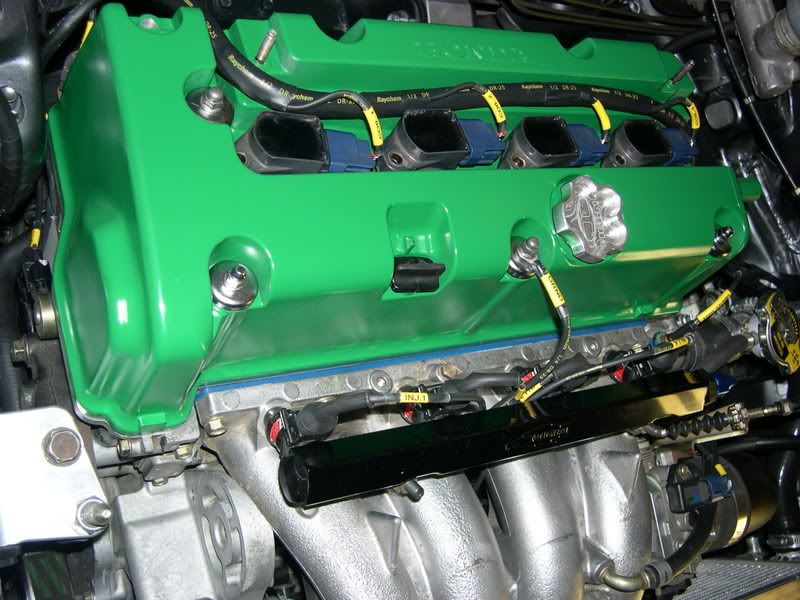ok before you view the pictures, i'll explain something... how the oil pump works, first there are two dimples, that create a vaccum, the premote oil filling inside the "transfer chamber".. the way this transfer chamber is designed, is as it turns, two offcentered gears work together, to form a cavity to transfer oil from one area to another. say a devider. But the smart way it does it, is by using gears, that automatically go from no space, that creates space, while sucking, then transports that oil, and then when the gear turns, it squish'es it out, or dumps it out on the other size, so in a way, it automatiically creates a vaccum, traps content "oil" moved it on the other side of a cavity, and then pressurizes it out.. the problem is when pressuring something out, you have to be very careful... because you should only "push or dump" it as you can squish it out... what happens is if you try to move to much oil, aka, transfer it out, of that transfer area, and you encounter restriction, you cause pressure. What honda did in the first gen pump was limit the exitt area of the pump, what this caused is excess pressure on the exaust side of the pump, basically trying to dump a 5 gallon barrel of oil through a straw in 2 seconds, sure it can be done, but ther'es alot of pressure in that straw, and like everything pressure makes a spray, aka contains oxigen. aka cavition. created from moving forces at a faster rate than liquid which creates a gas molecules.... "i'm not a scientist" but i undertstand myself. So basically what happened in the first gen pumps it was ok tilll a certain speed, after that when the motor rev'ed too high, there was also to much pressure being created on the exaust side, and caused foaming prematurely. on the later pump, they opened up the area, and incorporated a nice exit ramp. now in the first gen pump i modified the ramp, but you can still see the restriction, for testing purposes i grinded it into a triangle for ramp off purposes, but initially the dimple looked like the intake of the pump and had a sharp discharge, no ramp. basically oil was pressurized through a 1mm opening for the first 8 or 10 degree's of the pump rotation = VERY BAD.
2nd gen cured most of this, but there are some things that can still be improved. sorry i coudn't take a video of the pump turning toshow you more, but a good look at hte pics it can be easily identified. so it's not lost if you have a first gen pump, just grind it and machine it and can be made in a 2nd gen pump. but for the added time, just go buy one.
1-2-1 ?



















